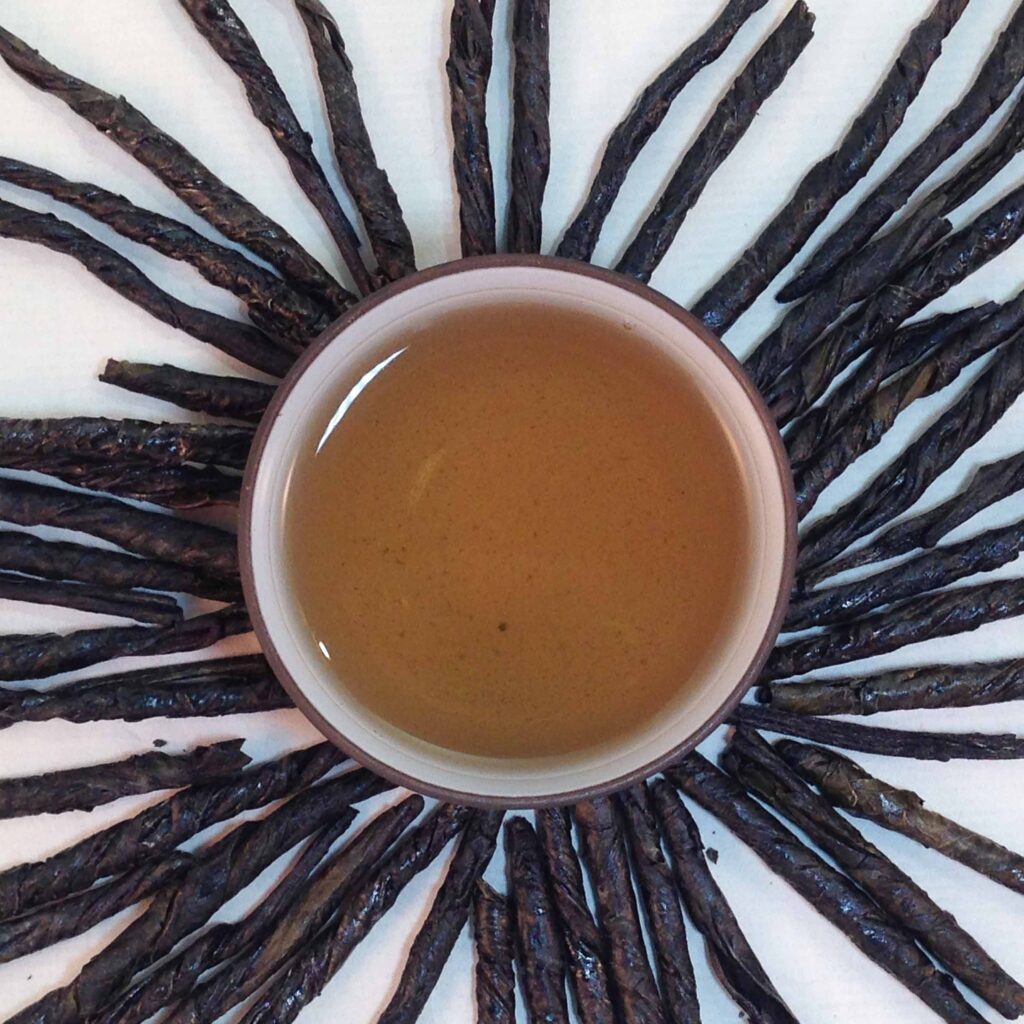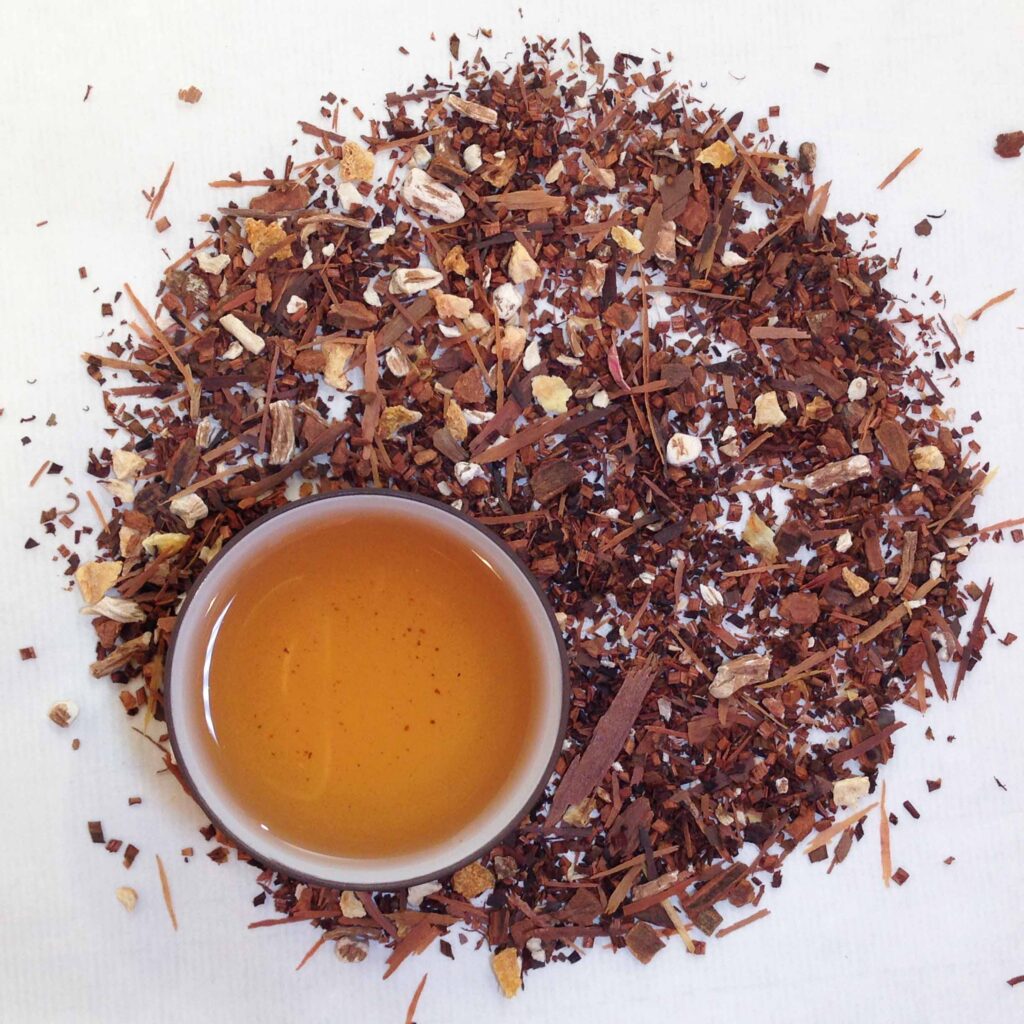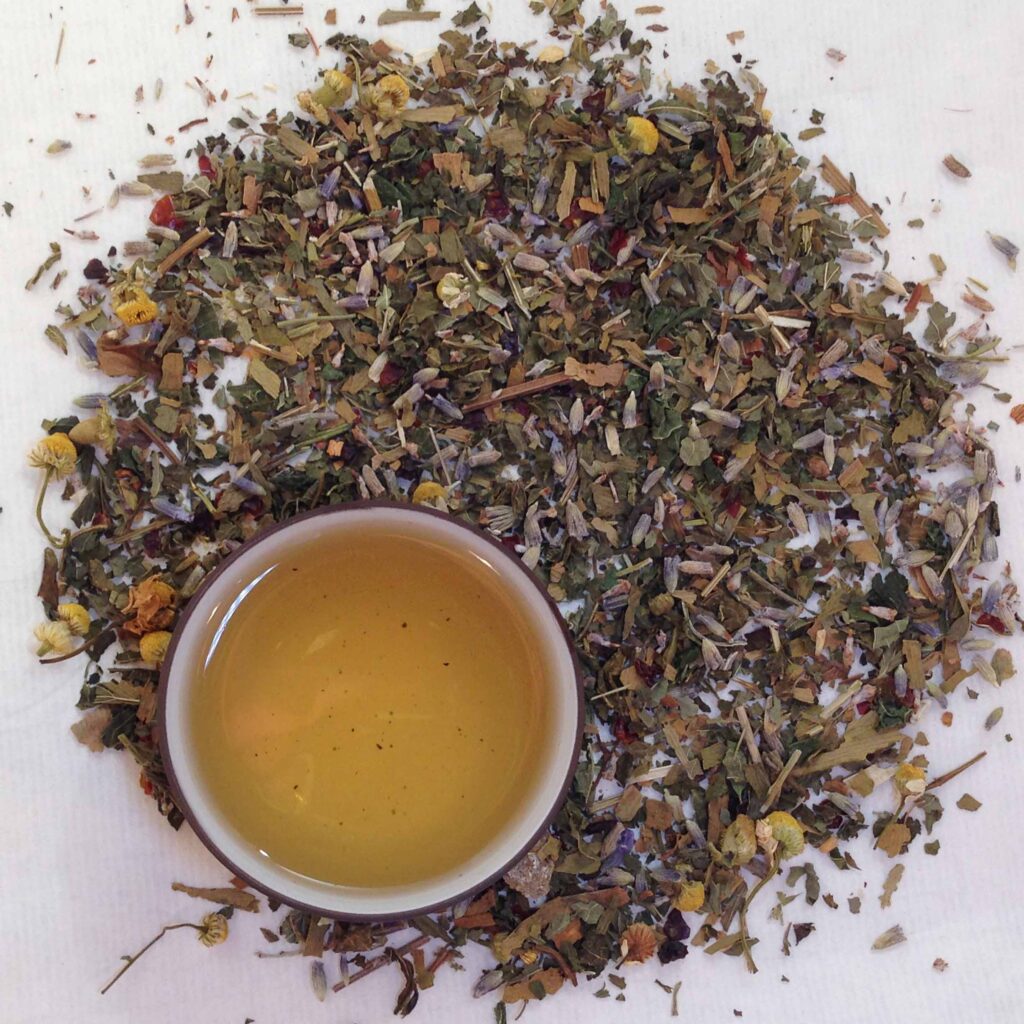Tea: The Booze-Free Apéritif & Digestif
Two weeks from today, people from Maine to California gather around tables and share Thanksgiving. Extended families engage with one another, perhaps for the only time of the year. People without families nearby host festive “Friendsgiving” events. No matter the style, it’s the American holiday that most revolves around food and drink.
The holiday pre-gaming often begins days before the big feast. During the weekend following, people polish off the leftovers: sandwiches piled with turkey, mashed potatoes, stuffing, gravy and cranberry sauce; slices of pumpkin pie for breakfast; bowls of fried rice with shredded thigh meat. Across the weeklong celebration of friendship, family, gratitude and food, oceans of beer, wine and cocktails get tossed back.
While the importance of healthy digestion rises during Thanksgiving, so does that of appetite. Thanksgiving hinges on food, after all; stoking our interest in the culinary treasures lining sideboards is to be encouraged.
One simple way to simultaneously heighten appetite, improve digestion, and also to diminish appetite after time has passed, is to consume bitter foods and beverages.
Apéritifs & Digestifs

Consider apéritifs and digestifs, alcoholic beverages rooted in Europe that people quaff before and after meals to enhance the dining experience. Italian Aperol, the spine of the famous pre-meal drink Aperol Spritz, is a classic apéritif. The same goes for vermouths, Dubonnet (Queen Elizabeth’s favorite apéritif, which she mixed with gin), Campari (central to the hyper-popular Negroni cocktail) and even gin — the spirit’s balance of bitter botanical herbs makes it a fine apéritif candidate.
Digestifs tend to be a bit more bitter and sweeter than apéritifs, and are sipped after meals to boost digestion. Italian amaro is a classic, with brands like Cynar (the bitter elements come from artichoke leaves, among other things) and Fernet-Branca, which contains 27 different botanicals, including Chinese rhubarb, quinine and angelica.

In both cases, the bitterness at first provokes appetite. But soon after, bitter foods and beverage help promote feelings of fullness — a welcome development when surrounded with enough food to inspire over-eating and its attendant digestion, as well as belt-loosening, issues.
The dining cultures that have arisen around apéritifs and digestifs are sensible and convivial: people generally don’t sip these beverages for the sake of intoxication. Rather, they drink them to lift the overal dining experience.
Tea as apértifs and digestifs
We aren’t in the booze business. But bitter beverages? We’ve got you covered! A broad range of teas, from Chinese oolongs to Japanese greens to Indian blacks and herbal teas, include bitter in their flavor profiles. And as we have written many times, as a result aid in digestion. That same bitterness helps stimulate appetite, too.
If you steer clear of alcohol, using tea to ameliorate dining experiences is a fine idea — it can achieve many of the same effects as apéritifs and digestifs. Even if you do savor adult beverages, adding tea to pre- and post-feasting activities is a smart idea; it will only further improve the overall pleasures of the table. In addition, tea makes a wonderful cocktail addendum. Offer a punch or drinks that incorporate tea, and the appetite and digestive properties amplify.
Most traditional Camellia sinensis teas broadcast bitter flavors — the name of our shop, Ku Cha, means “bitter tea” in Chinese. We think any of the traditional teas will achieve desired appetite and digestion results. But for the trio of teas below, we focused on herbal teas that offer especially bold bitter botanical ingredients.
Teas as Apértifs and Digestifs: Ku Ding Cha Herbal Tea

Also known as kuding tea, this herbal tea, normally made from leaves from the wax tree and holly species, probably is the most bitter tea at Ku Cha. Reflect upon the name: as we already noted above, “ku cha” means bitter tea, and this tea has both the word for bitter (ku) as well as tea (cha).
Practitioners of Traditional Chinese Medicime (TCM) have incorporated Ku Ding into their protocols for thousands of years. Our Ku Ding comes from Szechuan Province, where Ku Ding is especially popular.
One key to enjoying Ku Ding is short brewing times; a minute or less. Longer brewing extracts quite a bit of the tea’s bitter properties; for the sake of flavor, a bit too much in our opinion. But a short brew yields a healthy balance of bitter. If it still is a bit strong, do not hesitate to amend Ku Ding with a sweetener like honey; it won’t affect its appetite and digestive advantages. All alcoholic apéritifs and digestifs contain sweetener to balance the bitter. A beverage like Campari without sweetener would be far too bitter to sip.
Teas as Apértifs and Digestifs: Organic DetoxiTea

Two of this powerful tea’s ingredients, dandelion root and lapacho, present intense bitterness; people have turned to them for years to help with a variety of health issues, including digestive problems.
Dandelion is one of the most famous and widely used plants for digestion. A well-known powedered drink, Dandy Blend, revolves around dandelion root; people take it before and after meals. Lapacho, the bark from a South American tree, also stimulates both appetite and digestion through its bitter qualities.
This tasty tea also includes honeybush (a South African shrub similar to rooibos), lemon peel and cinnamon. While the dandelion and the lapacho contain bitter elements, the other ingredients mitigate the bitter; we love drinking this super-healthy tea on its own, without sweetener. But adding a dollop of honey works quite well, too. Either way, it’s sure to encourage your body’s anticipation of delicious Thanksgiving food, and to also help it digest those plates of meat, vegetables and sweets.
And given it’s name, it offers value beyond appetite and digestion: it helps the body detoxify. During Thanksgiving and the entire holiday season, detox is helpful!
Teas as Apértifs and Digestifs: Organic Tired Bone Blend

We champion this delicious tea for many reasons. The ginkgo, for example, aids brain functioning. The lavender and chamomile promote serenity and diminish anxiety. The lemon balm also boosts calm, while imbuing the tea with lovely citrus flavors. And the rosehip cloaks the tea in floral aromas and flavors, while also optimizing heart health and adding vitamin C to the blend.
But it’s the nettle leaves that help with appetite and digestion — in a big way. These bitter health powerhouses get used by naturopathic practitioners to address many health concerns, from blood sugar problems to prostate issues to allergies and skin irritation. The list includes digestion, and as the leaves are bitter, appetite stimulation, too.

